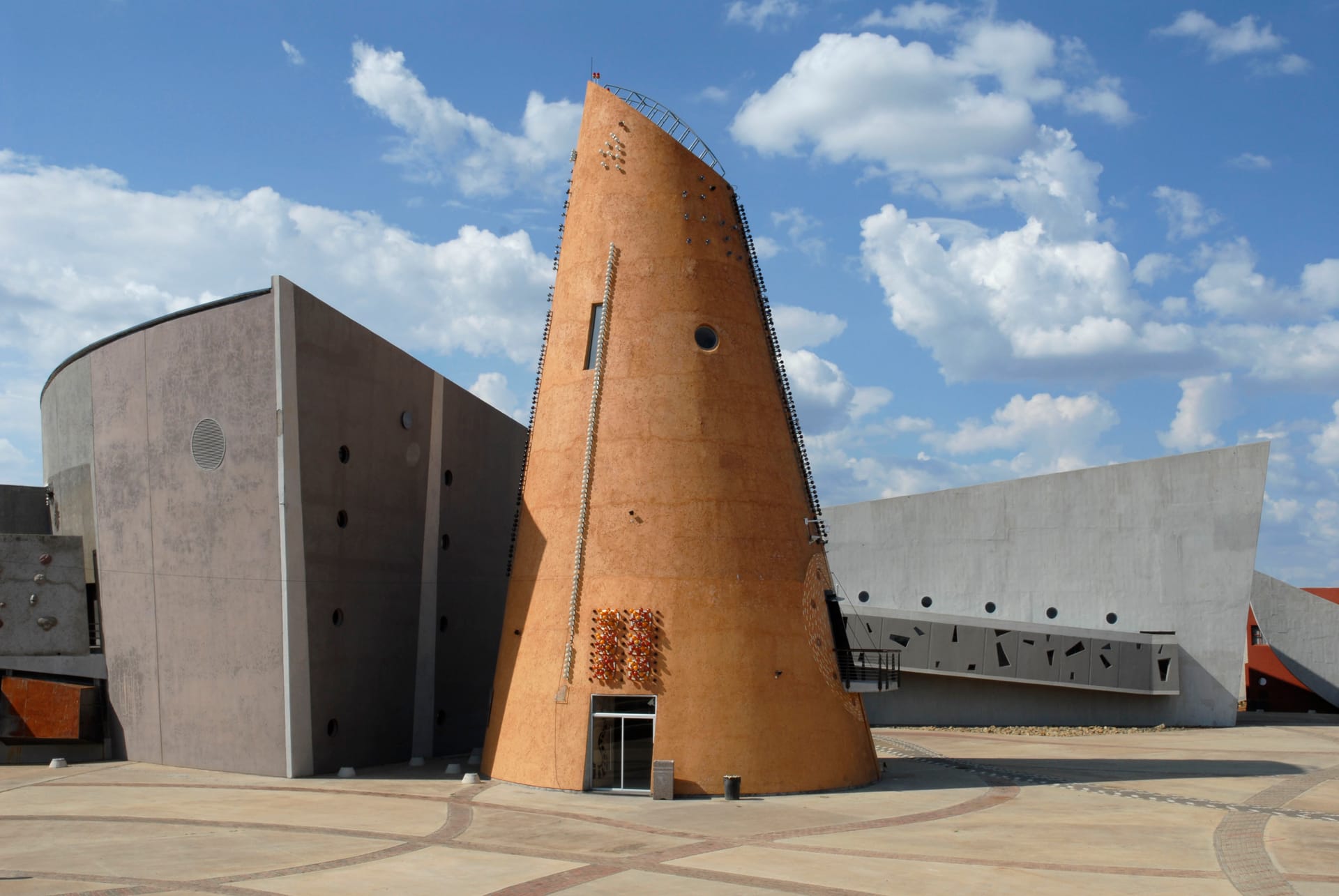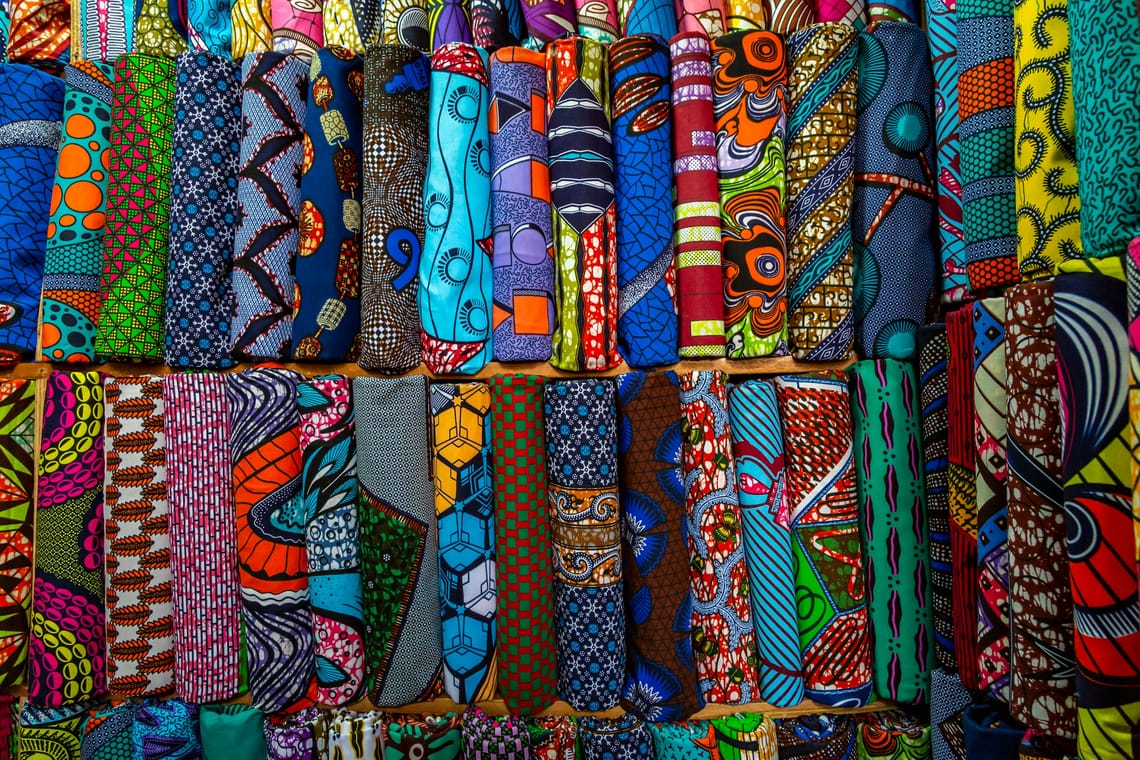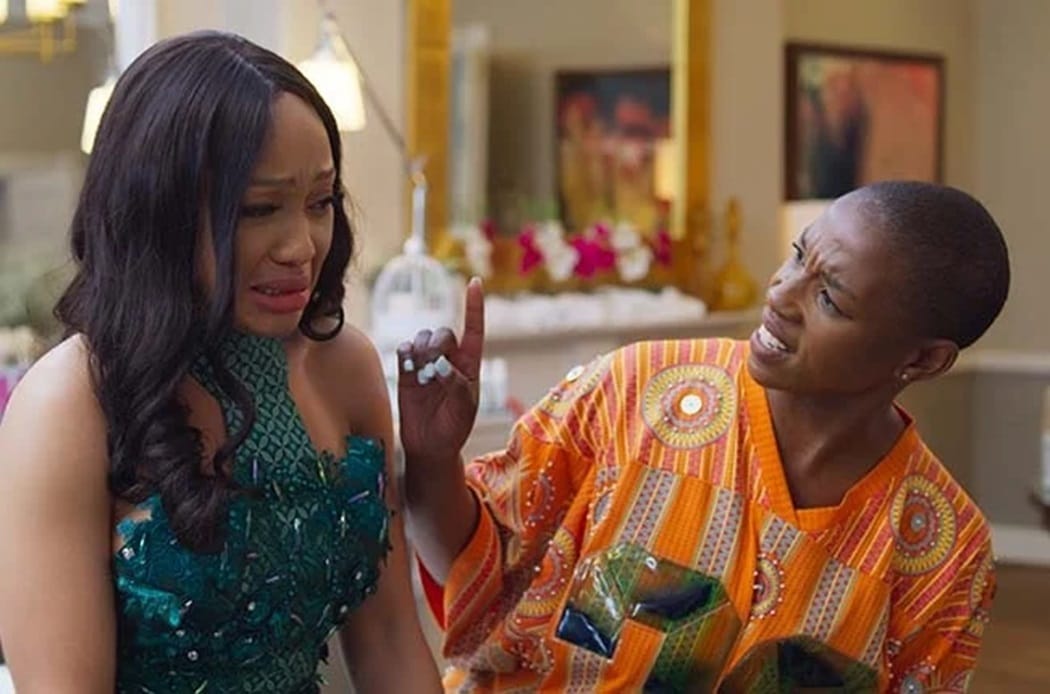Fundamentally, architecture is a manifestation of human habitation of the landscape, addressing the need for shelter. The range is as diverse and as similar as humans are both the same and different with the overlaid complexity brought about by the unique location and responses to the specific nature of the site on which the work of architecture is located- genus loci (protective spirit of a place). From the most basic protection from the elements to complex monuments to the technology of the time, works of structural and aesthetic simplicity to complexity, expression beyond functionality is undeniable in the art, science and business that is architecture.
In a shrinking world of globalization, there is a danger of gravitating to a sameness that denies the uniqueness of individuals, communities, cultures, climates and microclimates that celebrate that which gives us and, as a result, our architecture, identity. The value of the unique is what enriches the evolution of global content.
We have come from a time where the economy of raw materials has been superseded by processing those into goods. Technology and the information age have taken manufacturing competition to those with the lowest costs and now the power base is shifting to an economy of intellectual property. This is the realm of the ‘creative economy’, which is underpinned by the value of the unique idea. Overriding these developments is the global imperative of sustainable development. The world is taking stock and re-looking at methodologies and technologies that work with the environment that they reside in to minimize their carbon footprint. This has led to looking at some of the less destructive practices in less industrialized environments which can give us clues on how to better utilize our limited resources.
In architecture, as in other technical fields, with a few exceptions such as ancient Egypt, there appears to have been a concerted negation of the value of developments indigenous to the African continent. Closer to home, in Southern Africa, being at the tail end of liberation from colonialism and apartheid, due to systems that worked on perpetuation of denial of human value of the indigenous peoples, there is a lack of published, in-depth architectural research and discourse freely available, on indigenous and home-grown architecture. As a result, although there are a few who have started to make literature available, the current lack of cultural relevance in the architectural education in South Africa with its maintained Euro-centric emphasis is perpetuated, and the alienation of black South Africans from architectural contribution persists. Also, as a result of the severe psychological fallout of apartheid, we are a nation that is still dealing with a loss of self-esteem. This manifests in perceptions of what is other, from overseas, foreign, as better than what is produced or rooted in Africa/South Africa.
On a positive note, due to our complex past, we have the unique resource of a diverse cultural background, which can be harnessed to give birth to unique expressions that the rest of the world has never experienced. It is an incredible evolutionary opportunity that can be born from this period of crisis that we find ourselves in globally. There is scope in merging well researched, sustainable methodologies of our past with current technologies to create possible answers for the future. Our rich aesthetic and spatial expression borne out of our multicultural nature has hardly been tapped architecturally. The key is to conduct research into these long-ignored areas, as pharmaceuticals are now doing to tap into the treasures of traditional medicine. Keeping that intellectual property in South Africa would ensure that we benefit as a nation from our own wealth. We need to guard our creative richness and ensure that, as the source, we benefit fully from tapping its potential and not allow that value to be plundered as once our minerals, land and peoples were.
Rapid urbanization solutions, centered on community-building, can derive clues from the study of ancient as well as present, ordering patterns borne out of current rural and informal settlements whilst still applying knowledge about more relatable analogies found in other African or countries from similar conditions in the Southern hemisphere and developing world.
I believe that our architecture is an expression of our lifestyles, aspirations, and is a window into who we are and how we live. It has been recognized as one of the layers of our branding, a physical manifestation of our individual to collective identity. There is an integrity and inner power that comes with a sense of knowing who you are and the principle applies to architecture as well. That which is designed with a deep sense of knowing the social, political, economic, technological and environmental framework that has given rise to local built environment. This applies from small detailed elements, interior spatial relationships, the building’s skin, the spaces between and adjacent to the buildings, right up to the communities and cities.
Redressing the dehumanizing architecture of apartheid which was used as an effective tool of separation and domination, offers the opportunity to engage with our architectural landscape in an inclusive and revolutionary manner to create empowering spaces and not perpetuate those of fear and denial of our rootedness in the African continent.
If assertions that this is the African century are to be realized, let us consolidate ourself knowledge base and unleash our potential to our benefit and that of the world at large.
Zola Kgaka is an architectural graduate of the University of the Witwatersrand, and is the founding member of the architectural practice, ARCHA.
What is your take? To build is to be human, a desire to make a mark in the landscape, to leave behind a legacy. How have we done as African in this area of human settlement? Let’s have a conversation. Tell us your thoughts!




